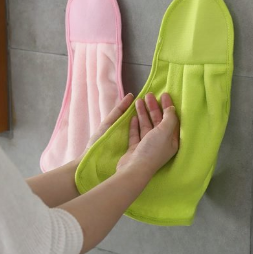Precautions for wearing contact lenses
Small contact lenses have replaced heavy frames, reducing the negative impact on many patients with refractive errors, but there have also been cases of eye health damage caused by improper use. In fact, the use of contact lenses is very particular, the process of wearing a lot of attention.
First, keep clean and hygienic. Wash your hands thoroughly before each contact lens operation to prevent germs from entering your eyes. Contact lens wearers who are accustomed to using their fingers should always trim their nails without leaving them long. Be sure to dry the lenses with a clean towel before contact, so as not to contaminate the lenses with bacteria from tap water.
Second, the wearing time should not be too long. People's eyes also need to breathe, and the presence of contact lenses can prevent the cornea from getting oxygen. Wearing contact lenses for long periods of time, or even sleeping with them on, can lead to a lack of oxygen to the cornea, aggravating symptoms such as eye fatigue and dryness, and increasing the risk of chronic corneal disease. No matter how well the lenses are oxygenated, wear them for no more than 8 hours at a time.
Third, rub the lens in time. Protein components in tears and impurities in the air are easy to adhere to the lens, so after each wear, you should rub the lens in a timely manner with the correct way to remove the precipitate, so as not to affect the quality of the lens.

Fourth, review the fundus condition regularly. Contact lens wearers, especially first-time wearers, should regularly review their fundus to make sure they are fit to wear, and they can get treatment as soon as possible if they find problems. If you have any uncomfortable symptoms during the wearing, you must stop wearing it immediately and seek medical advice from the ophthalmologist. Do not take medication by yourself.
Contact lenses are different from glasses, not everyone can wear at will, we must carefully read the instructions, strictly in accordance with the operating procedures to use, in order to prevent the occurrence of eye diseases.
© Copyright 2018 All Rights Reserved By Digood
